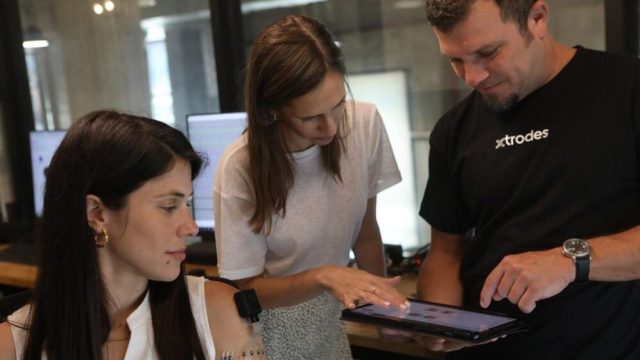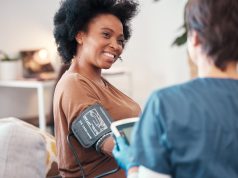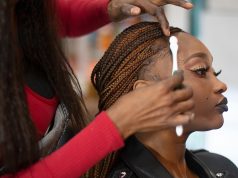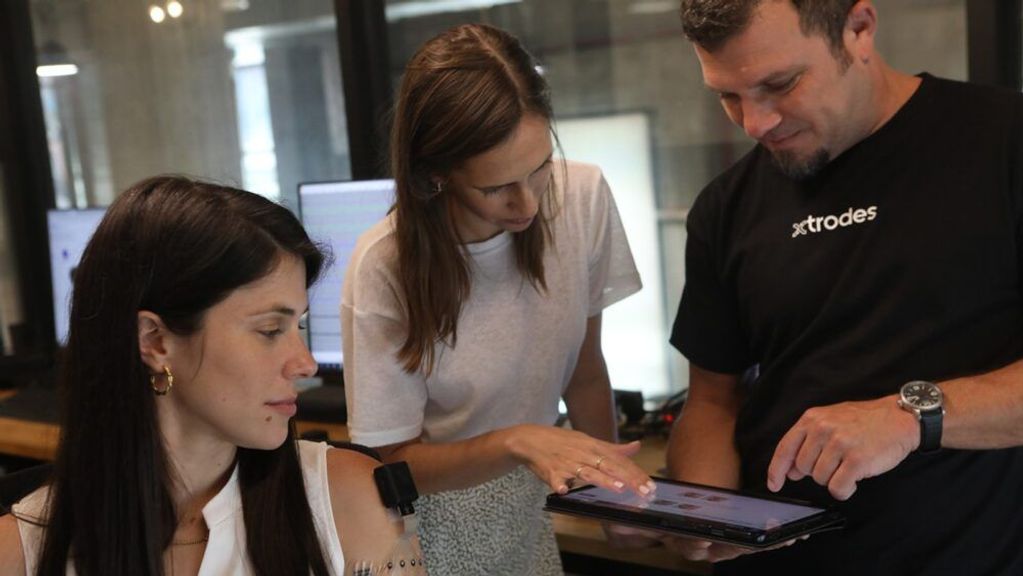
By Brian Blum
When those having trouble sleeping seek medical help, they are usually referred to a sleep laboratory by their physician. Then they are usually given two options: spend a night in the sleep lab or take the monitoring equipment home.
Most people choose the latter, but they learn the equipment is cumbersome — elastic belt bands to measure respiration; a finger oximeter to monitor oxygen levels; a thin wire taped to nose and mouth; and a large device the size of an old-fashioned Walkman to record the results.
Other home monitoring equipment for sleep disorders — especially for tracking brain activity — includes electrodes attached with suction cups, paste or gel.
With all that equipment strapped to a body, it’s a wonder anyone can sleep at all. The whole experience helps explain why many sleep problems go undiagnosed.
Tel Aviv-based startup X-trodes has developed a less invasive and more comfortable system for medical-grade electrophysiological measurement.
X-trodes’ solution can be used in a sleep lab or, ideally, at home. The company raised $4.7 million earlier this year from Japan-Israel High Tech Ventures, Welltech, and private investor Jeremy Coller.
100 medical uses
X-trodes’ “Smart Skin” is not just for sleep.
“There are over 100 medical uses for electrophysiology,” X-trodes CEO Ziv Peremen said. “We decided to focus on two for our first product – sleep and remote rehabilitation for muscle injuries.”
Smart Skin electrodes can measure up to 10 hours of EEG (brainwaves), EOG (eye movement), EMG (skeletal muscles), ECG (cardiac activity) and EOIG (olfactory activations).
The technology has been in development for some 15 years, led by Yael Hanein, professor of electrical engineering at Tel Aviv University. Hanein became interested in electrophysiology when she was at the University of Washington in Seattle.
“At some point very early on, I came across this open issue of ‘How do you make skin electrophysiology better?” she said. “Everyone was limited by these wires and large equipment, but we didn’t have a solution. Now we do.”
The university’s technology transfer company, Ramot, facilitated the license of Hanein’s work to launch X-trodes in 2020. Hanein now splits her time between her university research and her position as CTO of X-trodes. (Her electrodes were recently used in a Technion study to detect “liars” by the movements of their facial muscles.)
Completely wireless
Smart Skin electrodes are made of a soft and flexible material. Each one looks like a small sticker but contains more than 10 layers.
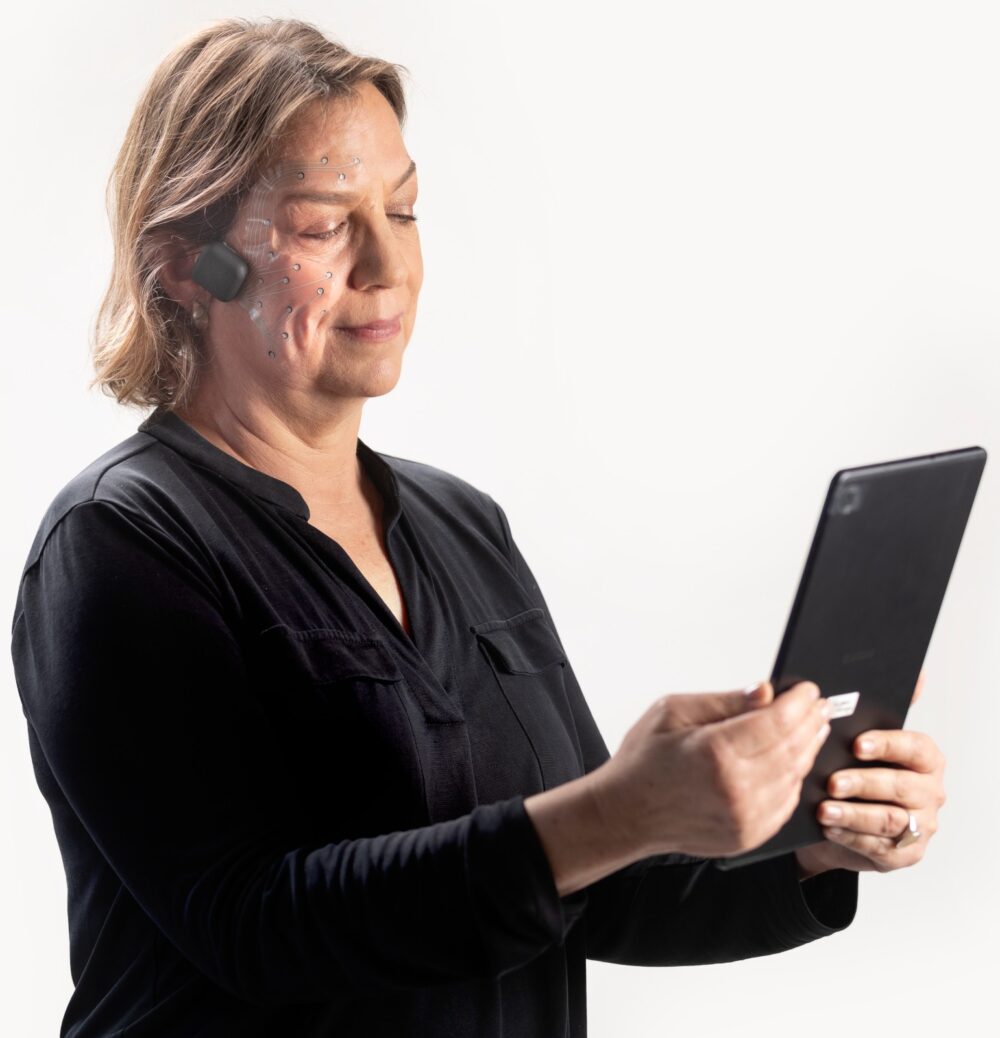
These electrodes are disposable. “You throw them out after a few days, although you can shower and even bathe with them,” says Peremen.
Just a strip of medical tape keeps the wireless electrodes in place. They transmit data over Bluetooth to a small receiver, which sends it on to the patient’s (or physician’s) mobile device. The data is meant to be integrated into a physician’s existing software systems.
“We try to provide the exact same information a physician would get from a sleep study, to make it as seamless as possible to the physician’s current flow,” Peremen says.
He notes that up to a third of the US population suffers from some sort of sleep disorder, but most are averse to going to a sleep lab.
Because there are more than 30 types of sleep disorders — from plain vanilla insomnia to narcolepsy and RBD (REM sleep behavior disorder) — Hanein envisions patients wearing their X-trodes for several nights.
“A one-night test may tell you nothing,” she says. “If it’s episodic, the problem may show up one night and not the next.”
Although gadgets such as an Apple Watch can track your sleep, “They’re not medical grade,” Peremen points out, “and they’re nearly entirely focused on apnea. We’re not familiar with anyone that can reach the same level of quality as we can.”
Post-injury
For muscle rehabilitation, X-trodes can monitor what’s happening while one walks or runs and optimize post-injury programs with personalized assessments.
“You can jump with it, cycle, walk, run,” Peremen explains.
The technology can measure real-time muscle patterns, rate of fatigue, and symmetry between the legs.
“Balance is a big issue in injuries and rehabilitation,” Peremen notes. “If you have an injury and you don’t do the rehabilitation process correctly, the pain can become chronic.”

X-trodes is not just hardware: machine learning and smart algorithms quickly compare the data from a patient wearing the device with the results from other patients that have been uploaded to the X-trodes cloud.
For sleep, you attach four electrodes to the forehead, two next to the eyes and two on the chin. For muscle rehabilitation, it’s a total of 16 electrodes.
“When you see it, it seems like science fiction,” Peremen says. “It’s really exciting to see that we can expand the horizon of what can be done with medical-grade monitoring and to make it accessible to many people. It’s not just a medical device. It’s a data solution that gives us access to data that’s unattainable today.”
The X-trodes product is currently being tried out by 20 research groups around the world. Submission to the FDA is planned in 2022 in the hope of having a product approved and available by Q2 2023.
Building a company during Covid
X-trodes has 24 employees — 14 on staff and 10 subcontractors.
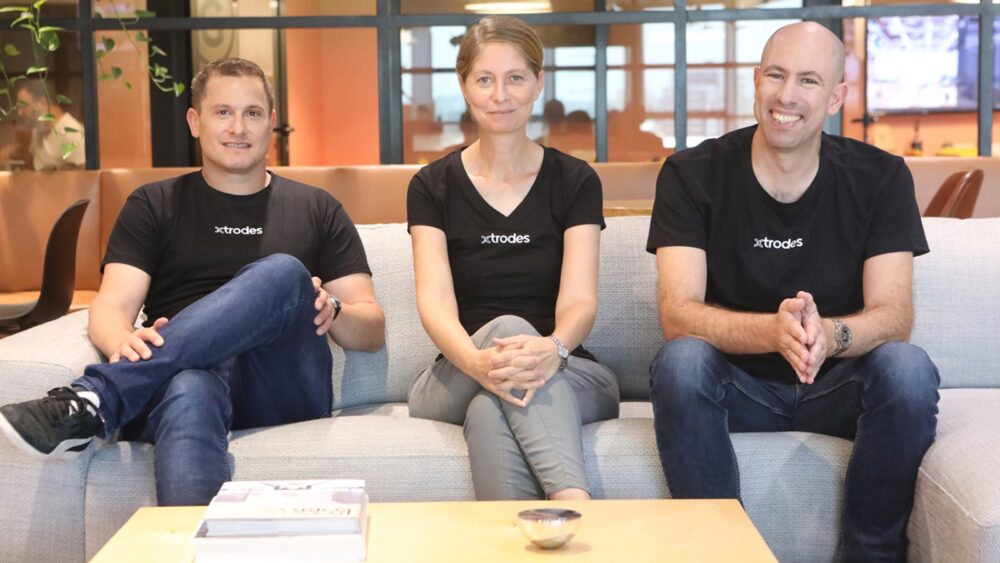
Did Covid-19 impact the company’s trajectory? “The fact that people can’t access decent sleep testing was something well-known even before Covid,” Hanein said.
“Still, we’re very proud that we managed to build the startup, hire people, get funding, learn how to communicate with investors and staff online, all during Covid-19.”
The pandemic, Peremen adds, “dramatically increased interest in telehealth and remote monitoring. It gave us good momentum.”
For more information on X-trodes or how to join the company’s current at-home sleep studies, click here.
Produced in association with Israel21C.
Recommended from our partners
The post Nappy Ending: Tech Breakthrough Lets Sleep Lab Patients Snooze At Home appeared first on Zenger News.

